When Your Little Sister Discovers And Sends You The Classic Science Nerd Posts

When your little sister discovers and sends you the classic science nerd posts
More Posts from Curiositytherover and Others
Is It Ok To Hold In Farts…?

Say ‘Hello’ to the Remote Controlled Gun-Wielding, Rocket Launching Vehicle

Astronomy Photo of the Day: 11/23/15 - The Plieades
November is the month of the Pleiades. When the leaves turn orange and begin to fall in the North, look to the skies, and you will see the Seven Sisters.
Ultimately, the ‘Seven Sisters’ is the common name given to this open star cluster. It stems from the fact that, although the region is dominated by a number of middleaged stars, most nights, only 6 or 7 are bright enough to see.
In fact, the Pleiades contains over 3000 stars.
The cluster is located in the constellation Taurus. It’s is one of the nearest star clusters to Earth and is also the cluster most obvious to the naked eye in the night sky.
Image credit: Marco Lorenzi http://www.glitteringlights.com


HOW DID I NOT KNOW THIS?!
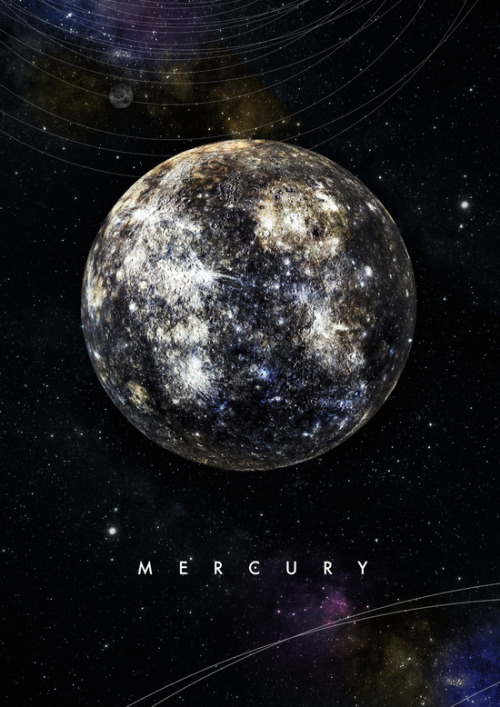
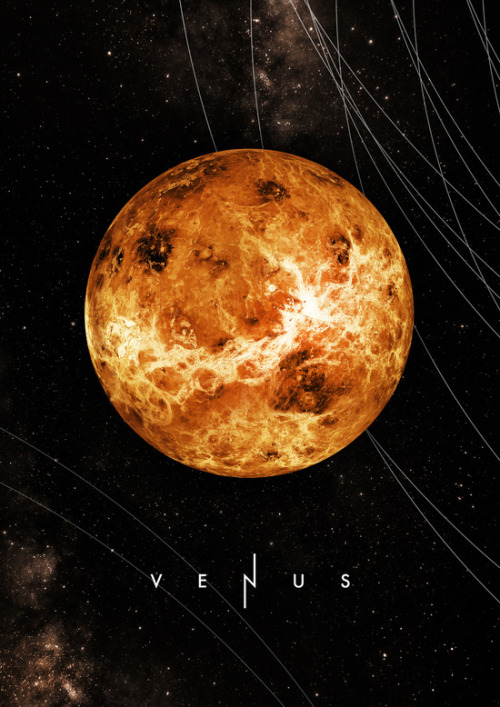
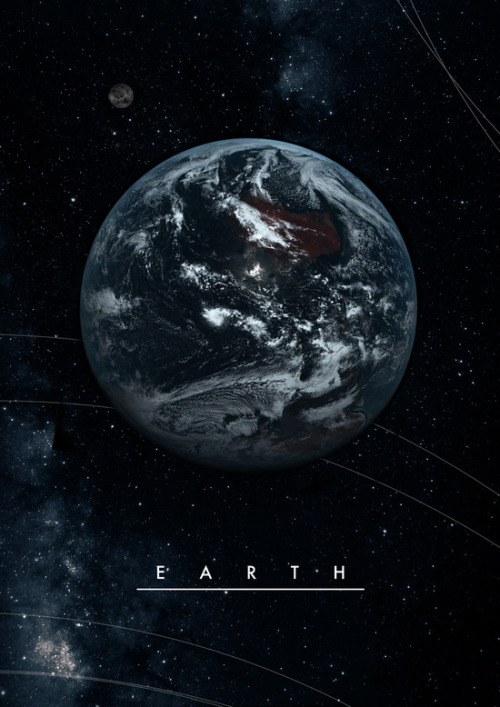
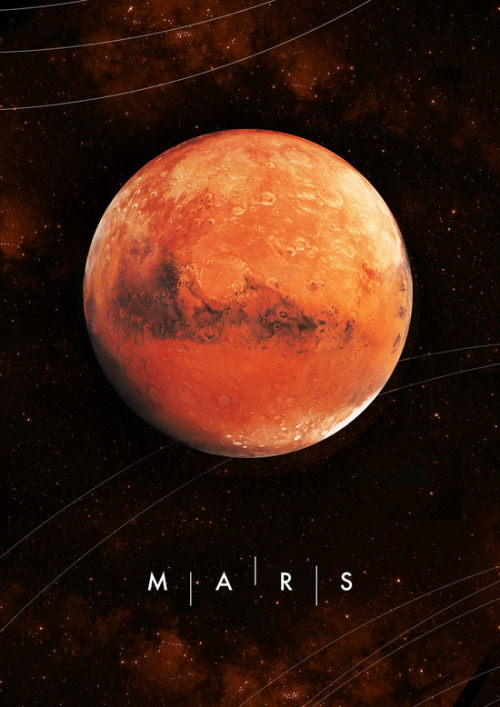
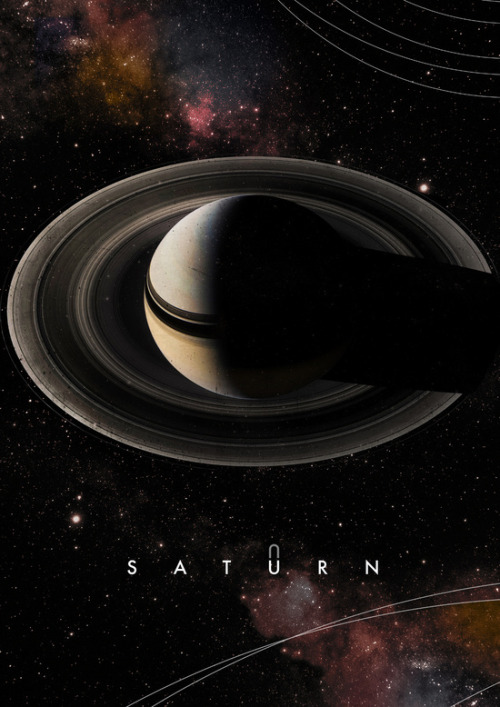
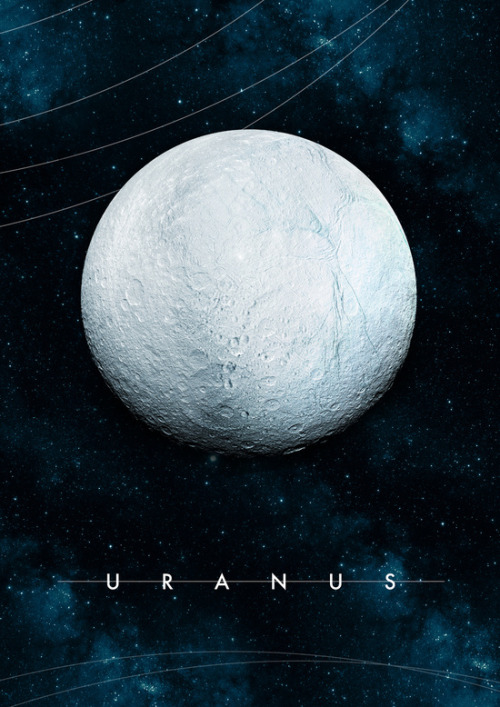
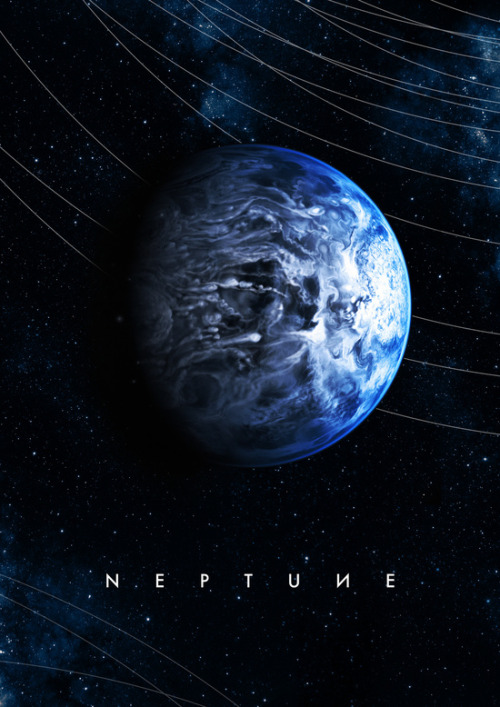

Alexander Pohl




7 Technologies Super Soldiers Will Be Using in Future Warfare
Read more at: http://futurism.com/images/
http://futurism.com/images/7-technologies-super-soldiers-will-be-using-in-future-warfare/

ICYMI: Robotic teddy bear, electric glue formula and more

This VR Film Puts You In The World Of A Blind Person
Video Explaining Orbital Mechanics






Almost a month ago, the spaceflight company Blue Origin sent a rocket up to the edge of space and then guided it gracefully back down to earth, intact. It was a historic first.
But Blue Origin’s major competitor, SpaceX, was quick to point out that the rocket wasn’t going fast enough (or sideways enough) to place a satellite into orbit - just 4,600 kph (~2,860 mph). It went straight up, and then straight down.
Now, SpaceX has managed to put 11 satellites in orbit with a “reusable” rocket. Their rocket didn’t just go up and down - it reached a horizontal velocity of 6,000 kph (3,600 mph) before returning to earth. If SpaceX is able to refurbish the rocket and use it in another launch, they’ll have figured out a way to dramatically reduce the cost of spaceflight.
Here’s the full webcast. And here’s the full story.
Video credit: SpaceX
-
 youareboththebestbestfriend reblogged this · 8 years ago
youareboththebestbestfriend reblogged this · 8 years ago -
 bannerforstarkindustries reblogged this · 8 years ago
bannerforstarkindustries reblogged this · 8 years ago -
 alwaysdixongrimes liked this · 8 years ago
alwaysdixongrimes liked this · 8 years ago -
 dreamingofcreation liked this · 8 years ago
dreamingofcreation liked this · 8 years ago -
 heyyaneverknowwithme-blog reblogged this · 9 years ago
heyyaneverknowwithme-blog reblogged this · 9 years ago -
 heyyaneverknowwithme-blog liked this · 9 years ago
heyyaneverknowwithme-blog liked this · 9 years ago -
 amnememneiae reblogged this · 9 years ago
amnememneiae reblogged this · 9 years ago -
 octopus-made-me-do-it reblogged this · 9 years ago
octopus-made-me-do-it reblogged this · 9 years ago -
 octopus-made-me-do-it liked this · 9 years ago
octopus-made-me-do-it liked this · 9 years ago -
 nicktroberts reblogged this · 9 years ago
nicktroberts reblogged this · 9 years ago -
 roddyjo liked this · 9 years ago
roddyjo liked this · 9 years ago -
 theealogy liked this · 9 years ago
theealogy liked this · 9 years ago -
 softspectre liked this · 9 years ago
softspectre liked this · 9 years ago -
 hiero-music liked this · 9 years ago
hiero-music liked this · 9 years ago -
 katie-the-little-lady reblogged this · 9 years ago
katie-the-little-lady reblogged this · 9 years ago -
 katie-the-little-lady liked this · 9 years ago
katie-the-little-lady liked this · 9 years ago -
 proud-to-be-nerd liked this · 9 years ago
proud-to-be-nerd liked this · 9 years ago -
 proud-to-be-nerd reblogged this · 9 years ago
proud-to-be-nerd reblogged this · 9 years ago -
 therunninggeologist reblogged this · 9 years ago
therunninggeologist reblogged this · 9 years ago -
 depressedanddancing reblogged this · 9 years ago
depressedanddancing reblogged this · 9 years ago -
 someone1faraway reblogged this · 9 years ago
someone1faraway reblogged this · 9 years ago -
 andwhentheworldisspinning liked this · 9 years ago
andwhentheworldisspinning liked this · 9 years ago -
 shy-and-bi reblogged this · 9 years ago
shy-and-bi reblogged this · 9 years ago -
 justwhateveryaknow reblogged this · 9 years ago
justwhateveryaknow reblogged this · 9 years ago -
 almosttruths reblogged this · 9 years ago
almosttruths reblogged this · 9 years ago -
 acanadianbitch reblogged this · 9 years ago
acanadianbitch reblogged this · 9 years ago -
 theblackqueenofhearts reblogged this · 9 years ago
theblackqueenofhearts reblogged this · 9 years ago -
 theblackqueenofhearts liked this · 9 years ago
theblackqueenofhearts liked this · 9 years ago -
 theoncomingabsolutelynothing reblogged this · 9 years ago
theoncomingabsolutelynothing reblogged this · 9 years ago -
 pleaseedontgowhereicantfollow liked this · 9 years ago
pleaseedontgowhereicantfollow liked this · 9 years ago -
 fairylightsglass reblogged this · 9 years ago
fairylightsglass reblogged this · 9 years ago -
 andiepandaa reblogged this · 9 years ago
andiepandaa reblogged this · 9 years ago -
 27-cities reblogged this · 9 years ago
27-cities reblogged this · 9 years ago -
 officialmeninist reblogged this · 9 years ago
officialmeninist reblogged this · 9 years ago -
 dietcokesandmentholsmokes reblogged this · 9 years ago
dietcokesandmentholsmokes reblogged this · 9 years ago -
 shiriniironi liked this · 9 years ago
shiriniironi liked this · 9 years ago -
 vironjabread reblogged this · 9 years ago
vironjabread reblogged this · 9 years ago
